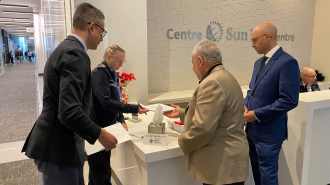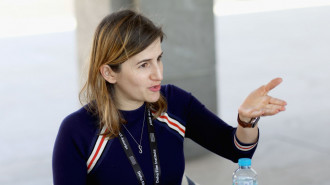Modern and multicultural: London exhibition provides unique portrait of Iraq
Modern and multicultural: London exhibition provides unique portrait of Iraq
The work of Iraqi photographer Latif Al Ani is being exhibited in the UK for the first time, providing a portrait of Iraq as it has never been seen before.
3 min read
Latif Al Ani's images depict a cosmopolitanism and openness in Iraq [Artist, Arab Image Foundation]
A unique record of multicultural and modern Iraq has gone on display in London in the first UK exhibition of the work of Latif Al Ani, considered the founding father of Iraqi photography.
Brought to a UK audience by the Ruya Foundation, a non-profit NGO which aims to aid and enrich culture in Iraq and build cultural bridges with the world, the exhibition features more than 50 works by the artist, who worked as a photographer for the Iraqi Petroleum Company and established the photography department at Baghdad's Ministry of Information.
There, he documented the social, industrial and agricultural life of Iraq and organised a unique archive of this material. Much of the work in this archive was destroyed during the US invasion of Iraq in 2003.
Curator Tamara Chalabi, also chair and co-founder of Ruya, was responsible for bringing Al Ani's work back to light after years of neglect.
She told The New Arab she believed viewers would be struck by the images depicting the "modernity, normality, progress, beauty and heritage" of mid 20th-century Iraq.
The images woud surprise audiences today, she said, as they subvert the common stereotypical perceptions of Iraq amid its current civil and sectrian strife, stirring feelings of "disbelief, pain and nostalgia" among native and foreign observers alike.
The majority of Al Ani's work was produced over a period of increased cosmopolitanism and openness in the country.
Born in Karbala in 1932 and currently living in Baghdad, Al Ani was prolific in capturing everyday life in the country from the late 1950s until the outbreak of the Iran-Iraq War (1980–1988).
Using a Rolleiflex 6x6 and 35mm film, the artist produced contrast-rich black-and-white photographs recording Iraq's social fabric. Images of trains, bridges, rivers and mosques sit alongside depictions of schoolchildren, shoppers, soldiers and tourists.
The exhibition also includes images of classical ruins and antiquities, highlighting Al Ani's interest in archaeology as well as modern life, and how architecture served to bring the two together in Iraq.
Al Ani made photographic tours of Iraq and was the first photographer to shoot aerial views of the country. Aerial views of Liberation Square and the Mirjan Mosque, both in Baghdad, and ruins at Ctesiphon, the ancient capital of the Parthian Empire feature in the exhibition.
|
By the 1960s, when competing groups were struggling for power in Iraq, Al Ani was exhibiting his work in America and Europe, as well as throughout the Middle East.
|
By the 1980s, the increasingly authoritarian atmosphere of the Saddam Hussein regime made it impossible to photograph in public and Ali Ani stopped making work.
Although he felt invested in a duty to "perserve all that he saw", he said in a 2015 interview with Chalabi that he would not pick up a camera again; "There is nothing beautiful".
But Chalabi believes Al Ani's images can today inspire hope for a future Iraq, that on Sunday celebrated victory over the Islamic State group, which at its height endangered the country's very existence.
"I think that the images are very valuable in providing a template, a point of reference for the rebuilding of this country," she told The New Arab.
The exhibition is at Coningsby Gallery in Fitzrovia, London, until December 16, 2017.
![Latif Al Ani [Arab Image Foundation] Latif Al Ani [Arab Image Foundation]](/sites/default/files/styles/image_345x195/public/media/images/EFC29A8E-EE22-4C5B-B9C2-848BE6911B00.jpg?h=d1cb525d&itok=bDA8L8_W)
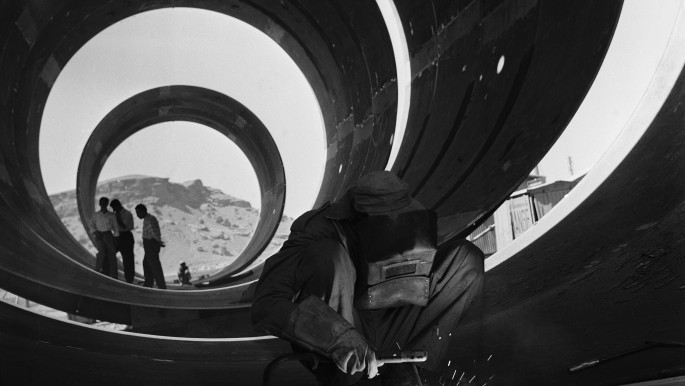

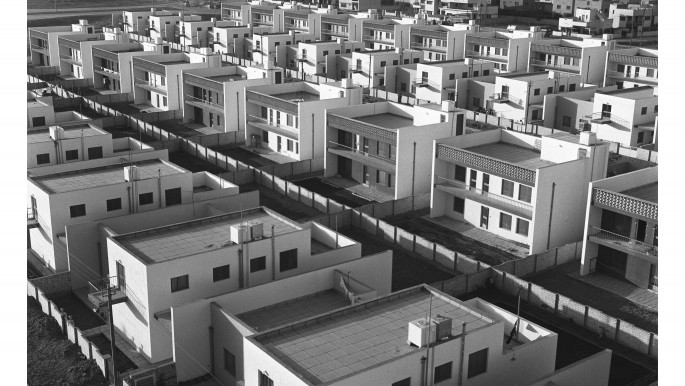
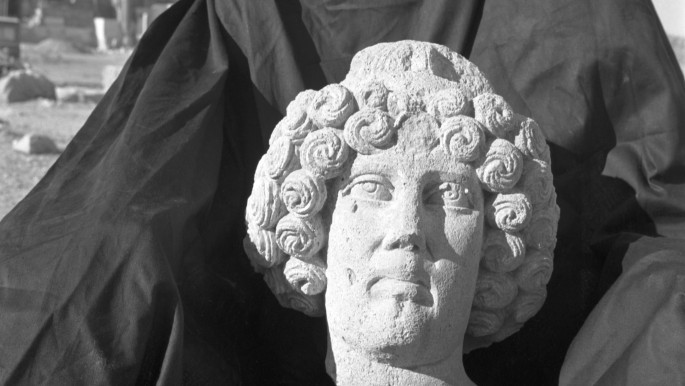






 Follow the Middle East's top stories in English at The New Arab on Google News
Follow the Middle East's top stories in English at The New Arab on Google News

